6 Everyday Things That Happen Strangely in Space
Welcome to Weightlessness
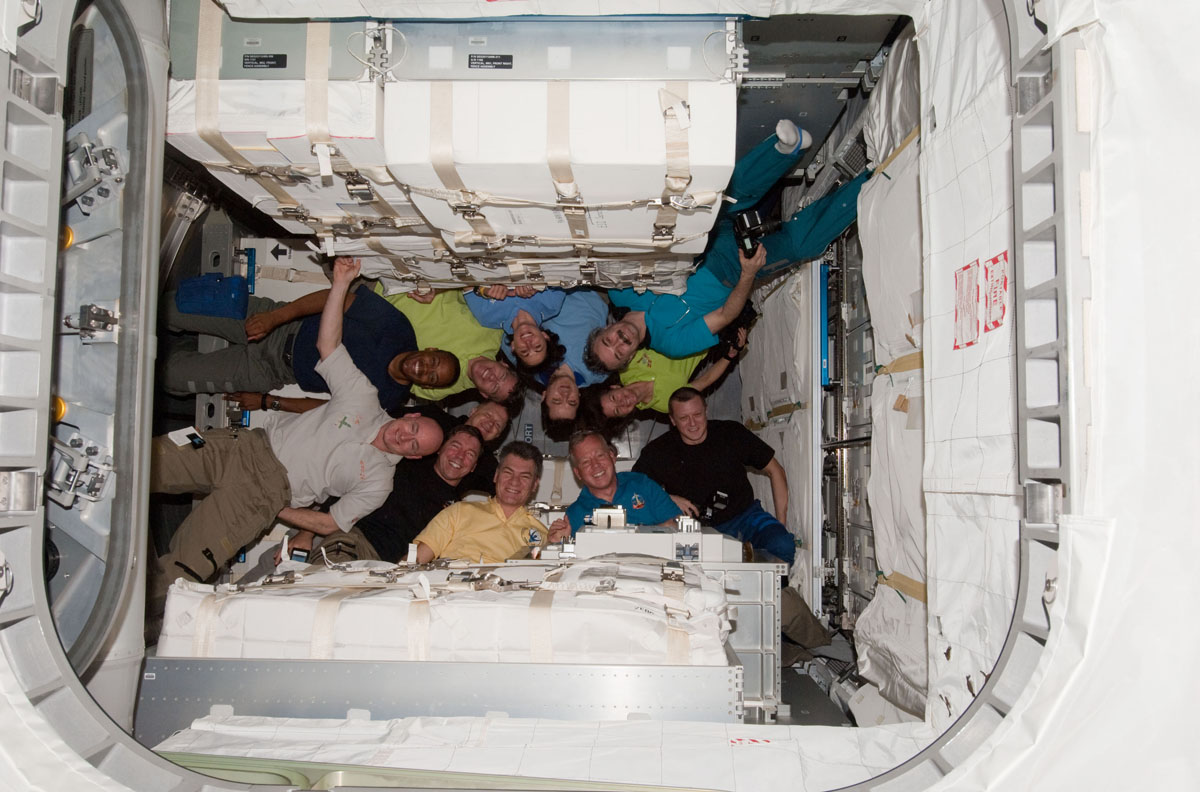
Watched pots, as they say, never boil. Besides, even if they did, why watch them? You know exactly what boiling water looks like.
But I bet you don't know what it looks like in outer space.
Here are six everyday occurrences — including the boiling of water — that happen very differently in microgravity, plus explanations as to why.
This countdown was provided by Life's Little Mysteries, a sister site to Space.com. Follow Natalie Wolchover on Twitter @nattyover
Water Boils in a Big Bubble
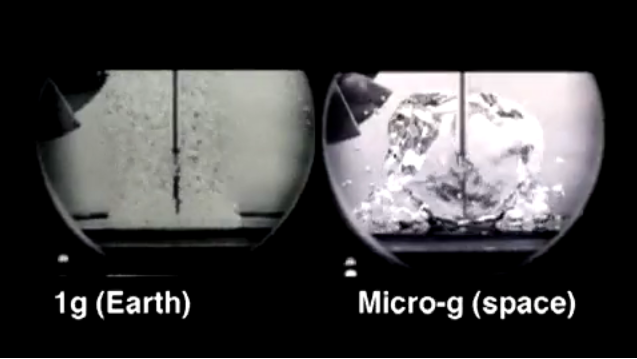
On Earth, boiling water creates thousands of tiny vapor bubbles. In space, though, it produces one giant undulating bubble.
Fluid dynamics are so complex that physicists didn't know for sure what would happen to boiling water in microgravity until the experiment was finally performed in 1992 aboard a space shuttle. Afterward, the physicists decided that the simpler face of boiling in space probably results from the absence of convection and buoyancy — two phenomena caused by gravity. On Earth, these effects produce the turmoil we observe in our teapots.
Much can be learned from these boiling experiments. According to NASA Science News, "Learning how liquids boil in space will lead to more efficient cooling systems for spacecraft ... [It] might also be used someday to design power plants for space stations that use sunlight to boil a liquid to create vapor, which would then turn a turbine to produce electricity."
• Infographic: How Big Is the International Space Station?
Flames Are Spheres
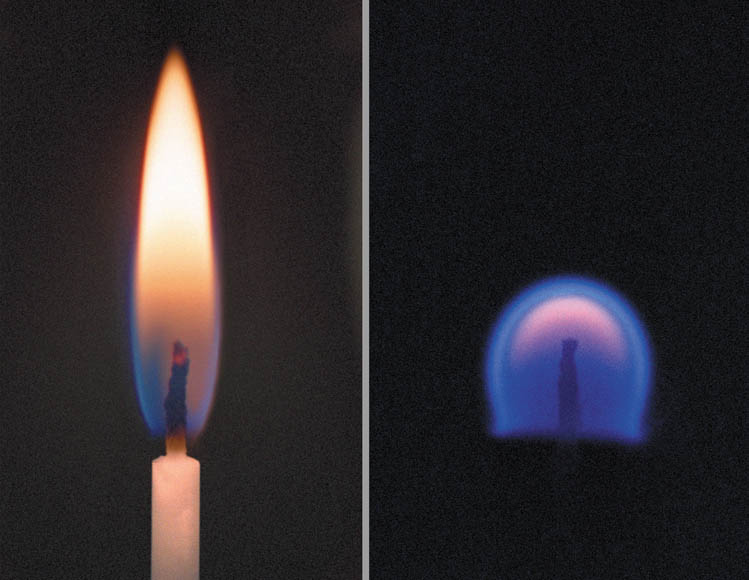
On Earth, flames rise. In space, they move outward from their source in all directions. Here's why:
The closer you are to the Earth's surface, the more air molecules there are, thanks to the planet's gravity pulling them there. Conversely, the atmosphere gets thinner and thinner as you move vertically, causing a gradual decline in pressure. The atmospheric pressure difference over a height of one inch, though slight, is enough to shape a candle flame.
That pressure difference causes an effect called natural convection. As the air around a flame heats up, it expands, becoming less dense than the cold air surrounding it. As the hot air molecules expand outward, cold air molecules push back against them. Because there are more cold air molecules pushing against the hot molecules at the bottom of the flame then there are at its top, the flame experiences less resistance at the top. And so it buoys upward.
When there's no gravity, though, the expanding hot air experiences equal resistance in all directions, and so it moves spherically outward from its source.
• What's an Air Pocket?
Bacteria Grow More ... and Are More Deadly
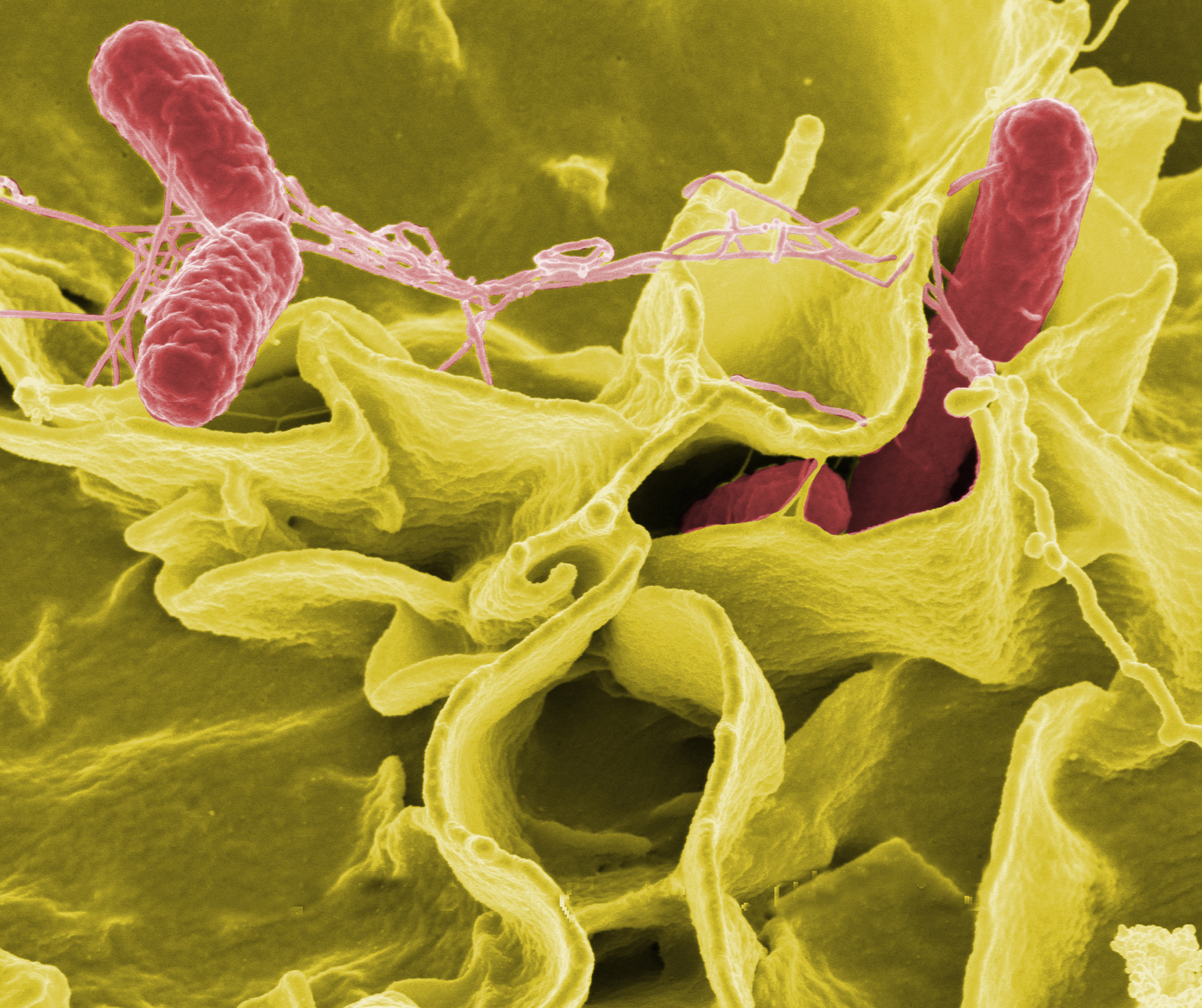
Thirty years of experiments have shown that bacterial colonies grow much faster in space. Astro-E. coli colonies, for example, grow almost twice as fast as their Earth-bound counterparts. Furthermore, some bacteria grow deadlier. A controlled experiment in 2007 testing salmonella growth on the space shuttle Atlantis showed that the space environment changed the expression of 167 of the bacteria's genes. Studies performed after the flight found that these genetic tweaks made the salmonella almost three times more likely to cause disease in mice than control bacteria grown on Earth.
There are several hypotheses as to why bacteria thrive in weightlessness. They may simply have more room to grow than they do on Earth, where they tend to clump together at the bottom of petri dishes. As for the changes in gene expression in salmonella, scientists think they may result from a stress response in a protein called Hfq, which plays a role in controlling gene expression. Microgravity imposes mechanical stresses on bacterial cells by changing the way liquids move over their surfaces. Hfq responds by entering a type of "survival mode" in which it makes the cells more virulent.
By learning how salmonella responds to stress in space, scientists hope to learn how it might handle stressful situations on Earth. Hfq may undergo a similar stress response, for example, when salmonella is under attack by a person's immune system.
• How Does Salmonella Contaminate Vegetables?
You Can't Burp Beer
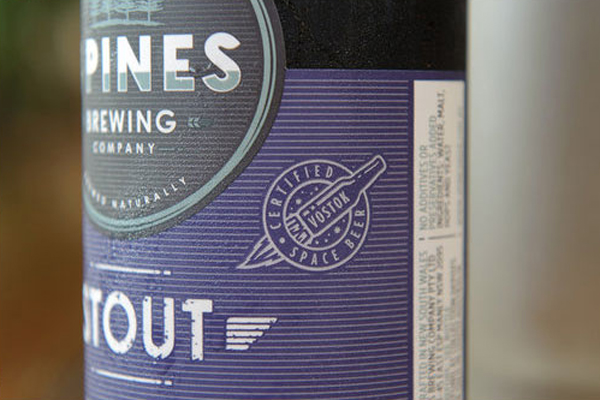
Because no gravity means no buoyant force, there's nothing pushing gas bubbles up and out of carbonated drinks in space. This means carbon dioxide bubbles simply stagnate inside sodas and beers, even when they're inside astronauts' bellies. Indeed, without gravity, astronauts can't burp out the gas — and that makes drinking carbonated beverages extremely uncomfortable.
Luckily, a company in Australia has concocted a brew that'll be just the thing for kicking back on spaceflights. Vostok 4 Pines Stout Space Beer is rich in flavor, but weak in carbonation. A nonprofit space research organization called Astronauts4Hire is looking into whether the beer will be safe for consumption on future commercial spaceflights.
• What Makes Us Burp?
A Rose by the Same Name Smells ... Different
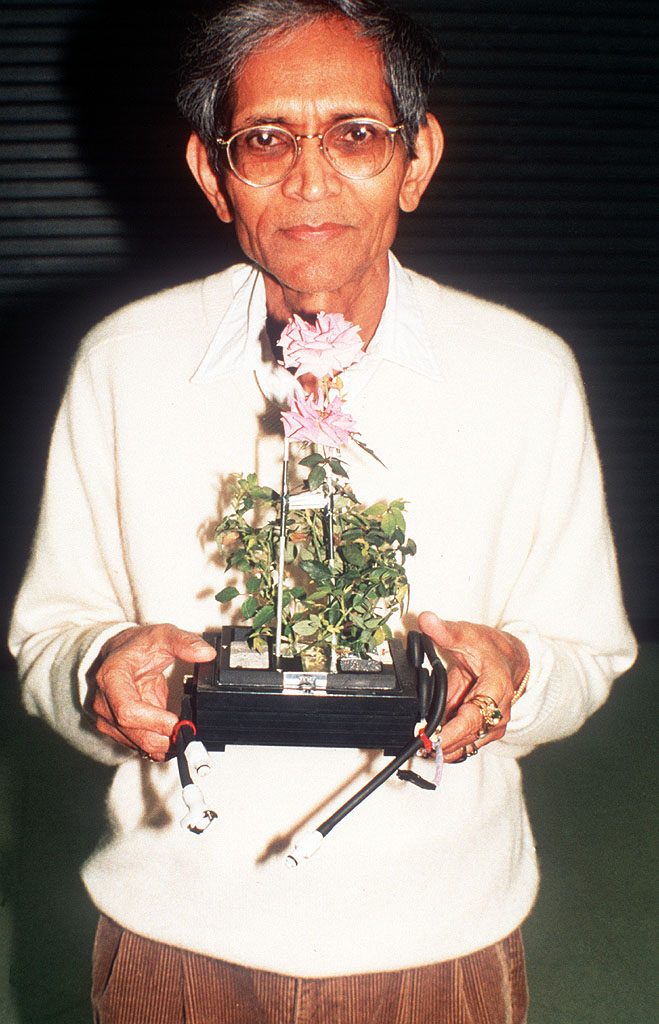
Flowers produce different aromatic compounds when grown in space, and as a result, smell notably different. This is because volatile oils produced by plants — the oils that carry fragrance — are strongly affected by environmental factors like temperature, humidity and a flower's age. Considering their delicacy, it isn't surprising that microgravity would affect the oils' production as well.
An "out of this world" fragrance produced by a variety of rose called Overnight Scentsation flown on the space shuttle Discovery in 1998 was later analyzed, replicated and incorporated into "Zen," a perfume sold by the Japanese company Shiseido.
• How Does Scent Travel?
You Sweat More

As explained in the context of candle flames, zero g's means there's no natural convection. This means body heat doesn't rise off skin, so the body constantly perspires in an effort to cool itself down. Even worse, because that steady stream of sweat won't drip or evaporate, it simply builds up. All this makes for a pretty moist journey to the beyond.
• What's It Like to Live In Space?
Join our Space Forums to keep talking space on the latest missions, night sky and more! And if you have a news tip, correction or comment, let us know at: community@space.com.
Get the Space.com Newsletter
Breaking space news, the latest updates on rocket launches, skywatching events and more!
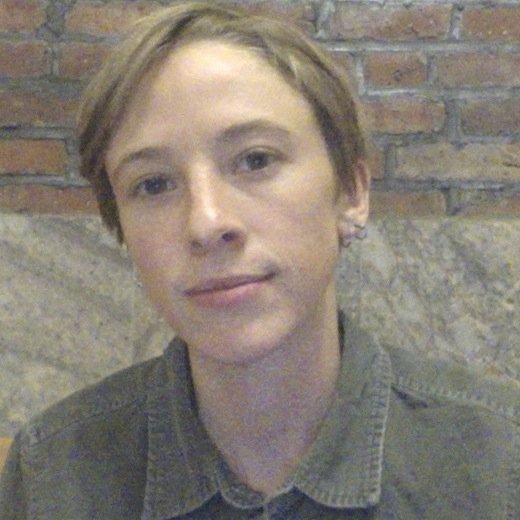
Natalie Wolchover was a staff writer for Live Science and a contributor to Space.com from 2010 to 2012. She is now a senior writer and editor at Quanta Magazine, where she specializes in the physical sciences. Her writing has appeared in publications including Popular Science and Nature and has been included in The Best American Science and Nature Writing. She holds a bachelor's degree in physics from Tufts University and has studied physics at the University of California, Berkeley.

